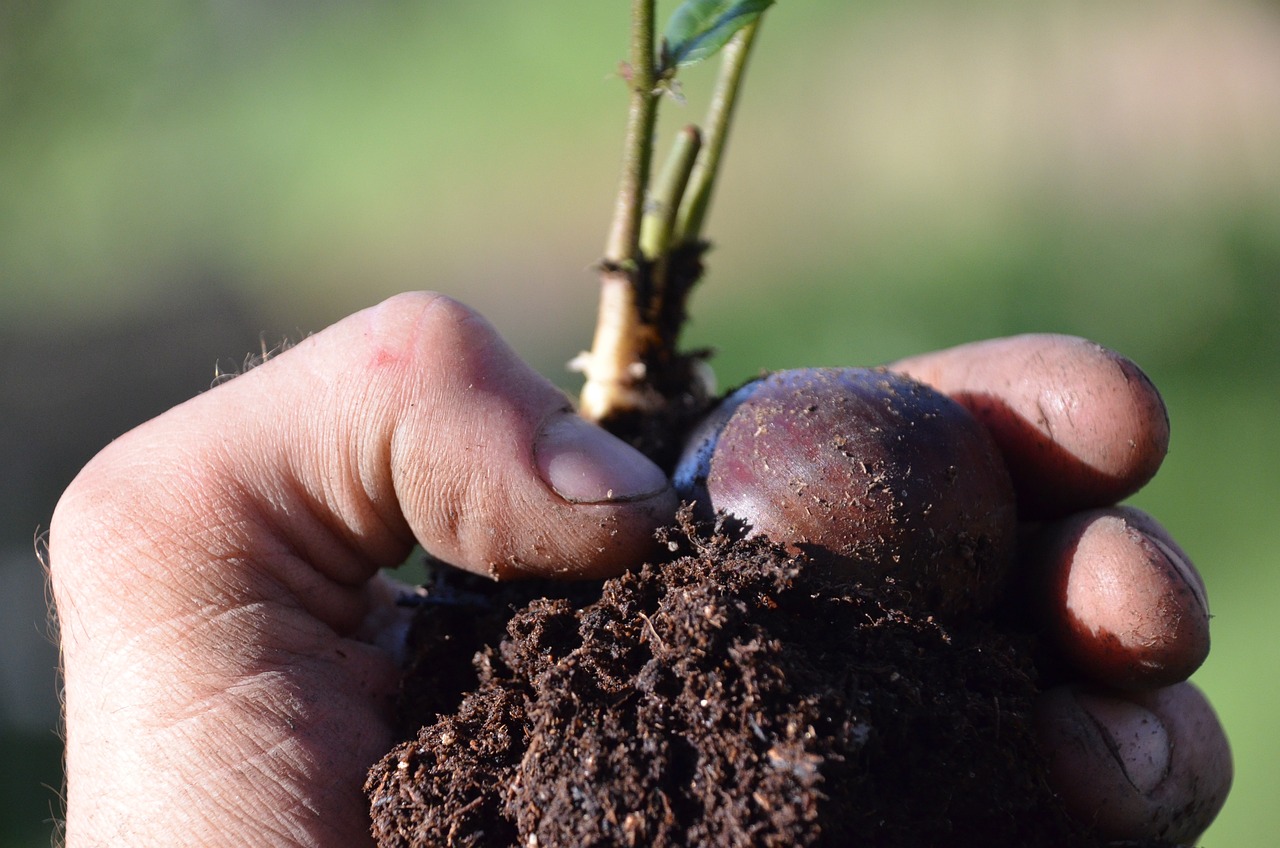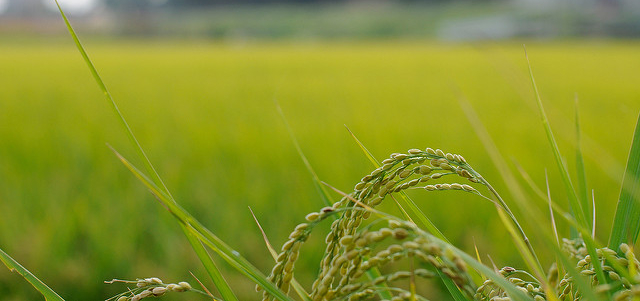As we face the increasing impacts of climate change, resource depletion, and biodiversity loss, there’s a pressing need for sustainable and resilient systems of living. In response to these challenges, a concept known as “permaculture” has come to the forefront. This article will delve into what permaculture is, its principles, and its benefits for our environment and society.
What is Permaculture?
Permaculture, a portmanteau of ‘permanent agriculture’, is a design system for creating sustainable human habitats. Coined by Australians Bill Mollison and David Holmgren in the 1970s, permaculture emphasizes the harmonious integration of design with the patterns and resilient features observed in natural ecosystems.
In essence, permaculture isn’t just about sustainable agriculture. It expands into sustainable lifestyle practices, covering aspects like building design, renewable energy, water harvesting and management, and even community development.
The Principles of Permaculture
The permaculture design system operates on a set of core principles, which serve as guidance for people to live in a symbiotic relationship with nature. These principles include:
- Observe and interact: By observing nature, we can design solutions suited to our unique situation.
- Catch and store energy: By storing energy when it’s abundant, we can use it in times of need.
- Obtain a yield: Ensure that you’re getting beneficial outputs from the work you put into your system.
- Apply self-regulation and accept feedback: Discouraging inappropriate activities can ensure system continuance.
- Use and value renewable resources and services: Make the best use of nature’s abundance to reduce our impact on the environment.
- Produce no waste: By valuing and using all the resources available to us, nothing goes to waste.
- Design from patterns to details: Observing patterns in nature and society can help us make better decisions and design more effective systems.
The Benefits of Permaculture
Permaculture presents several benefits not just for the individual practitioner, but also for communities and the environment at large:
- Promotes sustainability: By mimicking natural ecosystems, permaculture designs are inherently sustainable, reducing reliance on non-renewable resources.
- Enhances local resilience: Permaculture encourages local food production and resource management, which enhances community resilience against larger systemic shocks.
- Improves biodiversity: Permaculture gardens often have a diverse range of interdependent plants, which encourages a rich ecosystem of insects, birds, and other creatures.
- Regenerates degraded landscapes: With its focus on natural processes, permaculture can help restore damaged and degraded environments.
- Fosters community connection: Permaculture encourages community collaboration, fostering stronger social connections and local resilience.
In a world searching for sustainable solutions, permaculture offers a promising approach to live in harmony with nature. By consciously designing our environments and activities, we can create a sustainable lifestyle that benefits both us and the ecosystem we are a part of. It’s more than just a philosophy; it’s a practical and hopeful blueprint for living sustainably on this Earth.


